Name Deborah Jin Role Physicist | ||
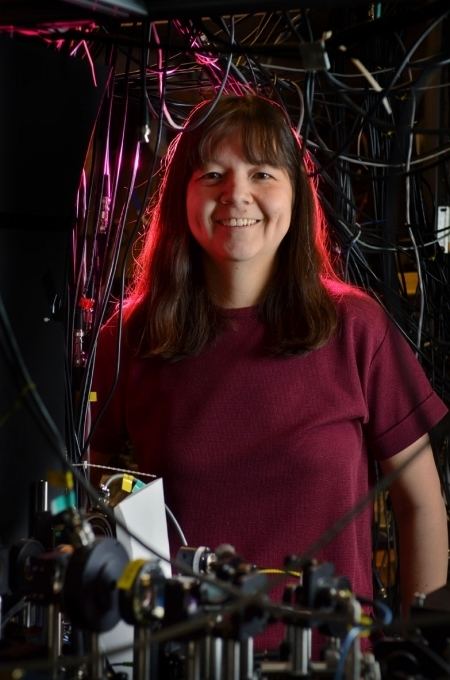 | ||
Born November 15, 1968 (age 56) ( 1968-11-15 ) Notable awards MacArthur Fellowship (2003)Benjamin Franklin Medal (2008)Isaac Newton Medal (2014) Awards MacArthur Fellowship, Benjamin Franklin Medal, Comstock Prize in Physics | ||
Deborah S Jin, 2013 L Oréal-UNESCO Awards Laureate for North America
Deborah Shiu-lan Jin (November 15, 1968 – September 15, 2016) was an American physicist and fellow with the National Institute of Standards and Technology (NIST); Professor Adjunct, Department of Physics at the University of Colorado; and a fellow of the JILA, a NIST joint laboratory with the University of Colorado.
Contents
- Deborah S Jin 2013 L Oral UNESCO Awards Laureate for North America
- Early life
- Education
- Major Scientific Contributions
- Mentorship
- Honors and awards
- Personal life
- References
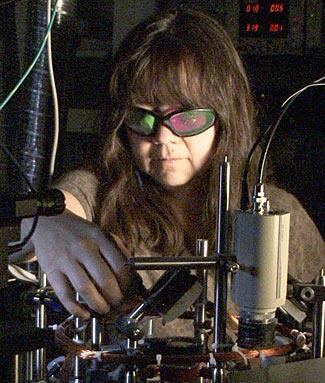
She was considered a pioneer in polar molecular quantum chemistry. From 1995 to 1997 she worked with Eric Cornell and Carl Wieman at JILA, where she was involved in some of the earliest studies of dilute gas Bose-Einstein condensates. In 2003, Dr. Jin's team at JILA made the first fermionic condensate, a new form of matter. She used magnetic traps and lasers to cool fermionic atomic gases to less than 100 billionths of a degree above zero, successfully demonstrating quantum degeneracy and the formation of a molecular Bose-Einstein condensate. Before her untimely death, Jin was frequently mentioned as a strong candidate for the Nobel Prize in Physics.
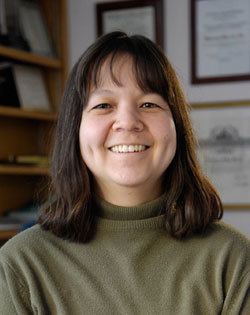
Early life
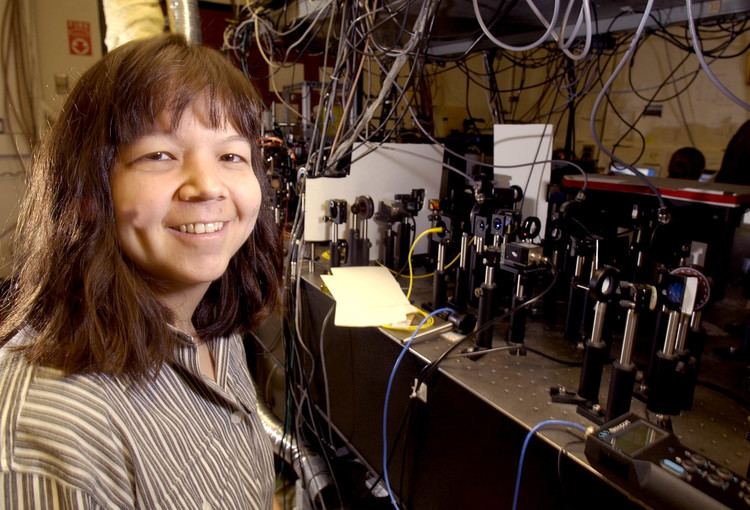
Jin was born in Santa Clara County, California, Jin was one of three children, and grew up in Indian Harbour Beach, Florida. Her father was a physicist and her mother a physicist working as an engineer.
Education
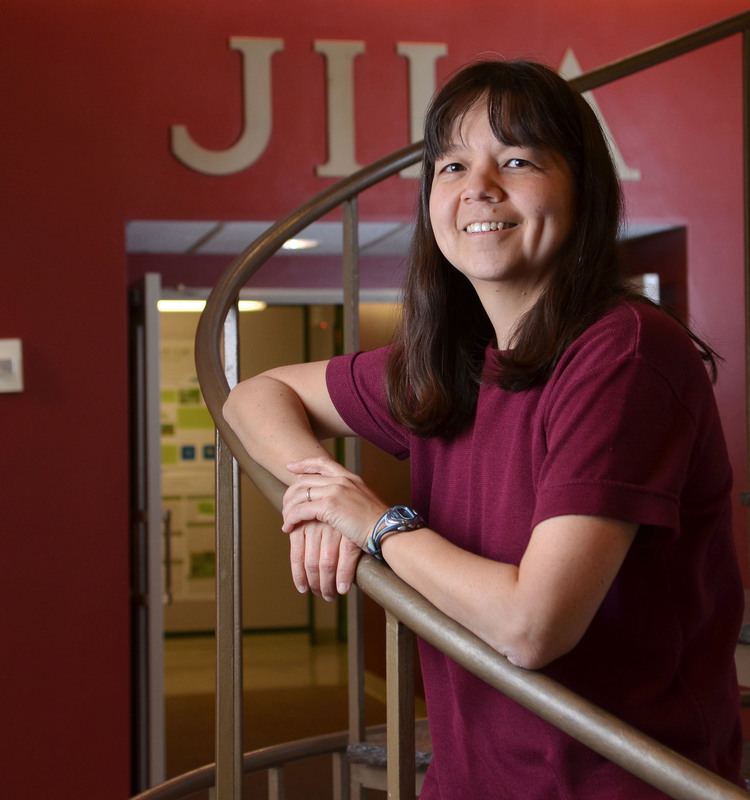
Jin studied physics at Princeton University, graduating with an A.B. in 1990 and received her Ph.D. at the University of Chicago in 1995 under Thomas Felix Rosenbaum.
Major Scientific Contributions
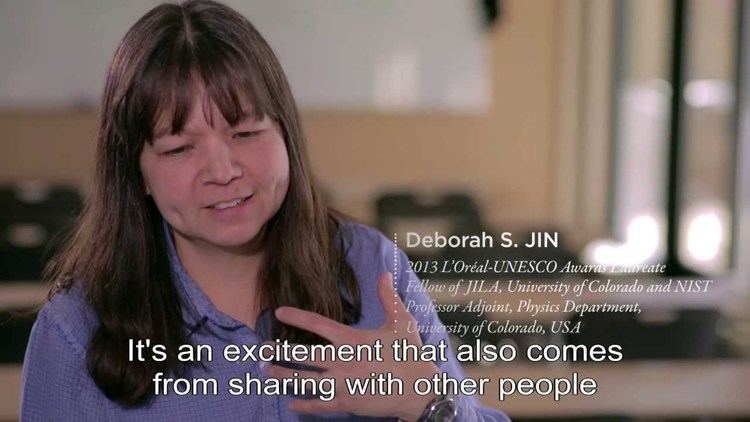
In 1995, Jin earned her PhD from University of Chicago with the thesis title "Experimental Study of Phase Diagrams of Heavy Fermion Superconductors with Multiple Transitions".
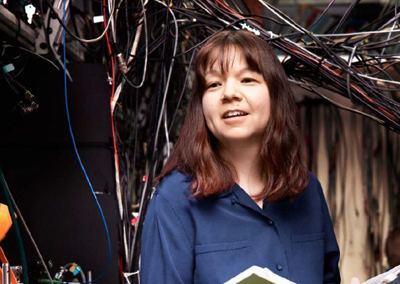
In 1997, Jin formed a group at JILA, the Joint Institute for Laboratory Astrophysics in Boulder, Colorado. Within two years, she developed the ability to create the first quantum degenerate gas of fermionic atoms. The work was motivated by earlier studies of Bose-Einstein condensates and the ability to cool a dilute gas of atoms to 1 μK. The weak interactions between particles in a Bose-Einstein Condensate led to interesting physics. It was theorized that fermionic atoms would form an analogous state at low enough temperatures, with fermions pairing up in a phenomenon similar to the creation of Cooper pairs in superconducting materials.
The work was complicated by the fact that, unlike bosons, fermions cannot occupy the same place at the same time and are therefore limited with regard to cooling mechanisms. To circumvent this issue, Jin and her team cooled potassium-40 atoms in two different magnetic sublevels. This enabled atoms in different sublevels to collide with each other, despite the fact that atoms of the same sublevel could not collide. The theorized 'quantum degeneracy' occurred at around 300 nK.
In 2003, Jin and her team were the first to condense pairs of fermionic atoms. They directly observed a molecular Bose-Einstein condensate created solely by adjusting the interaction strength in an ultracold Fermi gas of atoms. She was able to observe transitions of the gas between a Bardeen-Cooper-Schrieffer (BCS) state and Bose-Einstein Condensate (BEC) state.
Jin continued to advance the frontiers of ultracold science in 2008 when she and her colleague, Jun Ye, managed to cool polar molecules that possess a large electric dipole moment to ultracold temperatures. Rather than directly cool polar molecules, they created a gas of ultracold atoms and then transformed them into dipolar molecules in a coherent way. This work led to novel insights regarding the chemical reactions near absolute zero. They were able to observe and control potassium-rubidium (KRb) molecules in the lowest energy state (ground state). They were even able to observe molecules colliding and breaking and forming chemical bonds. Jin's husband, John Bohn, who specialized in the theory of ultracold atomic collisions, collaborated with her on this work.
Mentorship
Jin mentored two dozen doctoral students, two dozen undergraduates and two dozen postdoctoral fellows. Her mentorship made a lasting impact on those who worked with her.
Honors and awards
Jin was an elected member of the National Academy of Sciences (2005) and Fellow of the American Academy of Arts and Sciences (2007).
Jin won a number of prestigious awards, including:
After her passing, the American Physical Society renamed its prestigious DAMOP graduate student prize after Deborah Jin to acknowledge her impact in the field of atomic, molecular, and optical physics.
Personal life
Jin married John Bohn, and had a daughter, Jaclyn Bohn. Jin died of cancer on September 15, 2016 in Boulder, Colorado.
